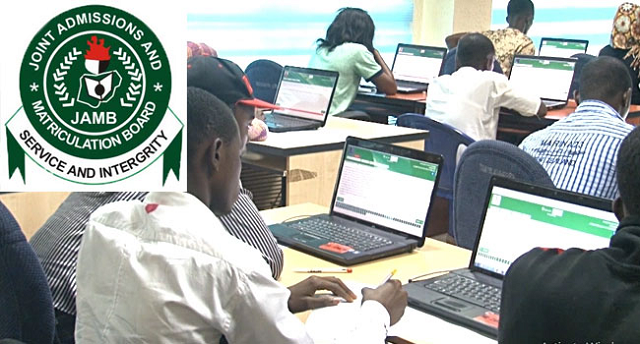Personalities are a set of features and attributes that combine to form an individual’s distinct behavior and way of thinking. There are several personality kinds, each with its own set of strengths and flaws. Knowing and understanding various personalities may help us better understand ourselves and others, as well as communicate with people around us more successfully.
The Myers-Briggs Type Indicator (MBTI) is a well-known personality type that divides people into 16 different kinds based on four basic dichotomies: extraversion vs. introversion, sensing vs. intuition, thinking vs. emotion, and judging vs. perceiving. These dichotomies are used to determine whether a person is more likely to be outgoing and sociable (extraversion), reflective and introspective (introversion), detail-oriented and practical (sensing), imaginative and theoretical (intuition), logical and analytical (thinking), or empathetic and sensitive (feeling), and whether they prefer to make decisions based on facts and logic (judging) or on possibilities and flexibility (feeling), and whether they prefer to make decisions based on possibilities (perceiving).
The Big Five personality characteristics system, which categorizes individuals based on five separate qualities: openness, conscientiousness, extraversion, agreeableness, and neuroticism, is another common personality type system. Individuals with a high openness score are interested and open to new experiences, whereas those with a high conscientiousness score are responsible and self-disciplined.
Extraverts are extroverted and friendly, whereas introverts are quiet and self-sufficient. Disagreeable individuals are more competitive and forceful, whereas agreeable people are cooperative and nice. Neurotic persons are worried and easily stressed, whereas those with low neuroticism are calm and steady.
In addition to these more formal systems, there are several informal methods for identifying various personality types. Someone who is constantly timely and well-organized, for example, may be labeled a “Type A” personality, whereas someone who is more laid-back and easygoing may be considered a “Type B” personality. Similarly, someone who is outgoing and friendly is labeled a “extrovert,” and someone who is more quiet and introverted is considered a “introvert.”
Finally, recognizing and identifying various personalities may help us better understand ourselves and others, as well as communicate with people around us more successfully. Whether we utilize formal systems such as the MBTI or Big Five, or more informal ways such as “Type A” and “Type B,” identifying different personalities can help us to better understand and appreciate the unique strengths and weaknesses of those around us.
- Extroverted: outgoing, sociable, and energetic
- Introverted: reserved, independent, and reflective
- Open-minded: curious, open to new experiences, and flexible
- Closed-minded: resistant to change, traditional, and set in their ways
- Agreeable: cooperative, empathetic, and considerate
- Disagreeable: argumentative, competitive, and skeptical
- Conscientious: organized, responsible, and reliable
- Unconscientious: disorganized, irresponsible, and unreliable
- Neurotic: anxious, self-doubting, and prone to negative emotions
- Emotionally stable: calm, self-confident, and resilient to stress.
Observation: One of the easiest ways to identify different personalities is through observation. Pay attention to how people interact with others, their body language, and their behavior in different situations.
Communication: Pay attention to how people communicate, both verbally and non-verbally. Some people may be more outgoing and expressive, while others may be more reserved and introverted.
Emotional Expressiveness: Observe how people express their emotions. Some people may be more open and expressive, while others may be more reserved and stoic.
Problem-Solving: Observe how people approach and solve problems. Some people may be more logical and analytical, while others may be more intuitive and creative.
Adaptability: Observe how people adapt to changes and new situations. Some people may be more flexible and adaptable, while others may be more set in their ways.
Self-Awareness: Pay attention to how people talk about themselves and how they perceive themselves. Some people may be more self-aware and introspective, while others may be more focused on external factors.
Ask: Sometimes, it may be useful to ask people about their personality and how they see themselves. This can provide valuable insight into their personality and how they perceive themselves.











